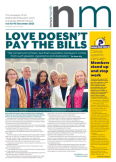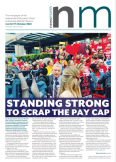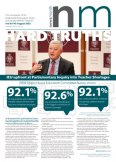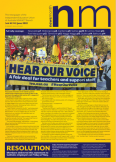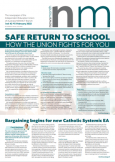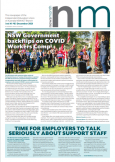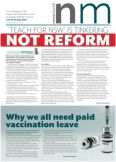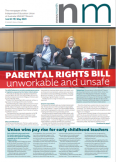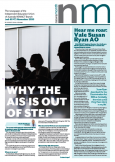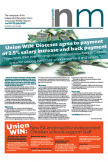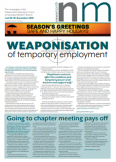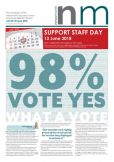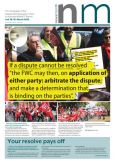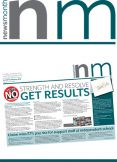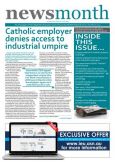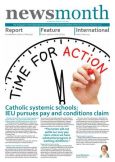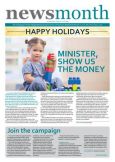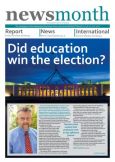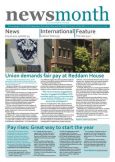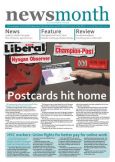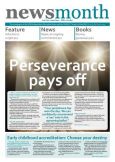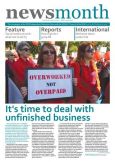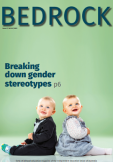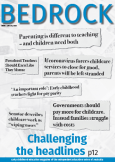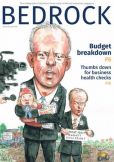
Worker bees unite! The air is awash with political promises! The hive is busier than ever. In terms of super there are significant differences between the two major parties which could affect your retirement honey pot.
After significant reform in 2017, the Coalition’s recent proposed budget said very little about super and maintained the long and tedious march to 12%. Some significant recent reforms included a $1.6m cap on tax free income streams, the cap for high income earners to pay additional contributions tax was lowered to $250,000 annually and the annual cap for concessional super contributions (employer and salary sacrifice) was lowered to $25,000 per annum.
Minor changes for the proposed 2019 budget included allowing people aged 65 and 66 to contribute to superannuation without having to meet the work test. The work test requires a member to work at least 40 hours in any 30 day period to be eligible to contribute to super.
The long and winding road to 12% super remains just that under the Coalition’s budget plan. In spite of the fact that the Liberal Government promised in the 2014 Federal Budget that the SG (Super Guarantee) increase would stall at 9.5% for three years from 1 July 2015, then rise to 10% from 1 July 2018 with increases by 0.5% each year until it reached 12% by July 2022, the SG rate still remains stalled at 9.5%. The revised laws stipulate that the SG will move to 10% in the financial year 2021/2022 then increase 0.5% per year until 2025/2026 when it reaches the magic 12%.
Many experts in the field of superannuation have concluded that 12% SG paid throughout a working life provides a super balance that allows for an adequate and dignified retirement. Super’s original architect, Paul Keating, has always advocated for a compulsory 12% Super Guarantee contribution.
Labor has announced several policy changes regarding superannuation along with their plan to abolish cash refunds for excess imputation credits and limiting negative gearing to new housing.
Labor plans to reduce the non concessional contribution cap to $75,000 per annum. This is the amount of after tax money that can be contributed to super in a year. Historically, non concessional contributions have been made by individuals as a result of an inheritance or a sale of property and was set at $180,000 in the financial year 2014/2015.
Other changes include:
- borrowing by SMSFs to be prohibited
- extend SG to salaries under $450 per month
- abolish catch up contributions
- income threshold for high income earners lowered to $200,000 (extra 15% tax)
- deductibility for personal contributions for employed persons to be removed, and
- increase SG to 12% ahead of current legislation.
It has been a long standing ALP policy to increase compulsory employer contributions from the current 9.5% to 12%. The specific schedule has not been announced at the time of writing but it is likely, given some of the pre-election statements from Labor politicians, that if they win government in May they will push to increase employer contributions to 12% ahead of the current scheduled 2025/2026 increase.
Super is generally considered the second largest asset besides the family home for most people and without a doubt it is becoming more and more politicised!














